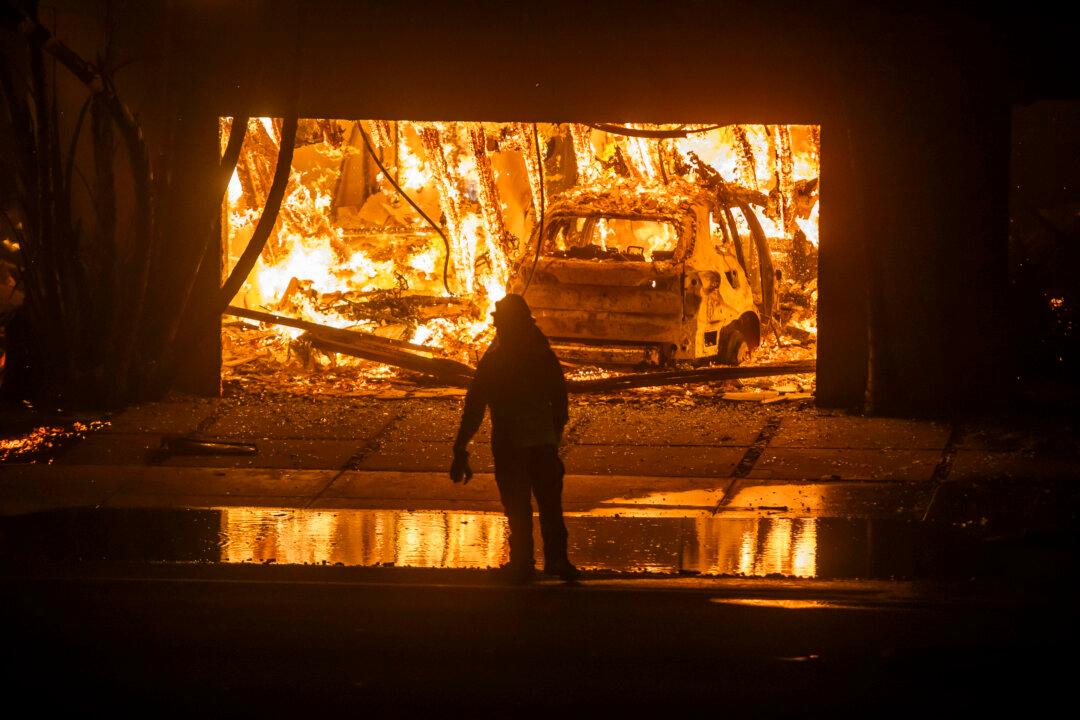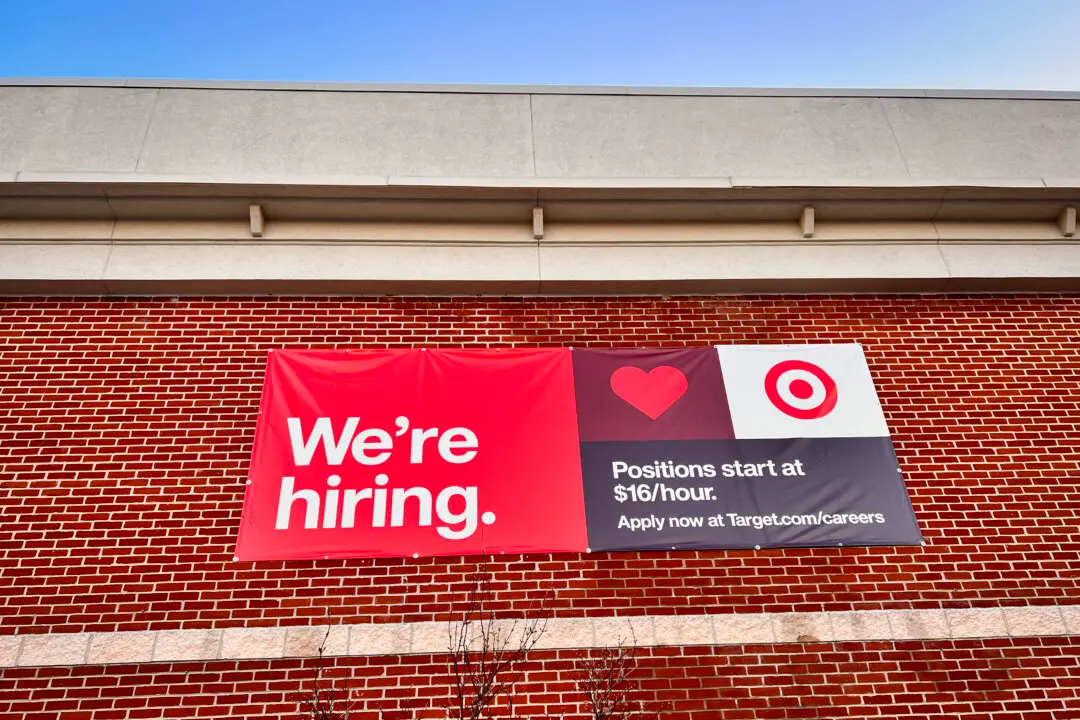The Southern California wildfires that have killed at least five and forced tens of thousands of people to evacuate the area are expected to leave lasting economic damage of more than $150 billion, a new report suggests.
According to an updated estimate from AccuWeather, the major wildfires that have blanketed the Los Angeles area with thick clouds of smoke and ash could create economic losses between $135 billion and $150 billion.





